The stasis on the India–China border is setting in motion closer relations between India and the United States as well as the emergence of India as more of balancing power in relation to China, experts say.
India’s defense establishment hosted a high-level meeting on Aug. 22 to discuss the stalemate between the Indian and Chinese militaries on India’s western border.
India’s military had a bloody conflict with the People’s Liberation Army on June 15, in which 20 Indians and an unknown number of Chinese soldiers were killed. The faceoff between the two militaries on the disputed border called the line of actual control (LAC) began in May, following a decade-long pattern of temporary incursions across the LAC.
The clash badly damaged the bilateral relations between the world’s two most-populous nations, although the developments imply that India is becoming more of a balancing power against China, Zack Cooper, a research fellow at the American Enterprise Institute, told The Epoch Times in an email.
“From an American point of view, this is healthy for the region, as it will help to provide more of a counter-balance to China’s influence in the Indo-Pacific,” Cooper said, when asked how the India–China stalemate will affect the United States.
With a combined population of more than 2.74 billion people, India and China comprise 36 percent of the world’s population and are two of the world’s top five economies. However, the two neighbors contrast politically—one a communist nation and the other a democracy.
The current stalemate between India and China is the outcome of Chinese “revisionism and expansionism,” which is visible in other contested areas such as the South China Sea, Priyajit Debsarkar, the author of several books and a geopolitical analyst with the London-based think tank Bridge India, told The Epoch Times in an email.
“It is a crisis, which is symptomatic of the Chinese Communist Party’s behavior, that is deliberately trying to undo all rules of international order created by notions of democracy and liberal values,” Debsarkar said.
“Obviously, the U.S. can hardly ignore the bearing of this bilateral issue on the current global order. At the same time, the U.S. understands that while the Chinese see the peaceful rise of India, as a threat, the U.S. and the liberal world see India’s rise as inevitable and in the greater interest of liberal international order,” he added.
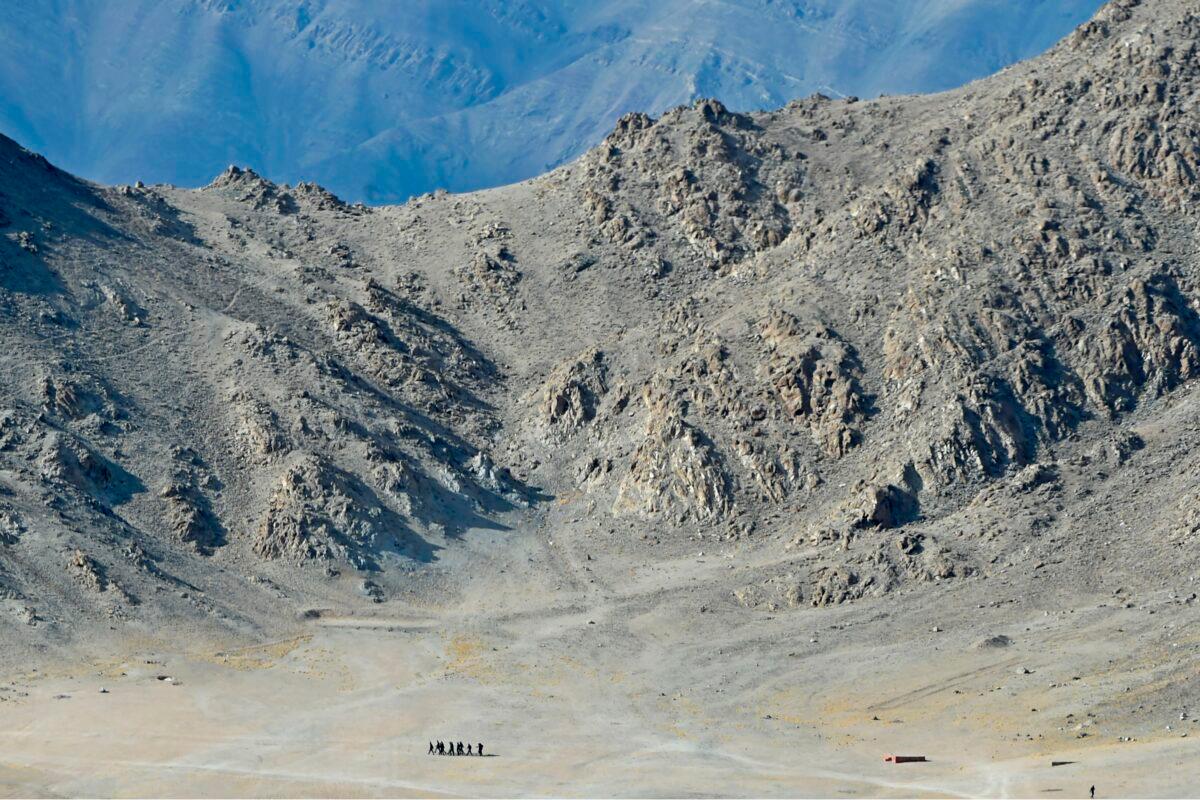
Developments
India’s Chief of Defense Staff Gen. Bipin Rawat told the Indian daily Hindustan Times in an Aug. 24 report that a “military option” is possible if talks don’t succeed between India and China. Meanwhile, defense minister Rajnath Singh chaired a two-hour meeting on Aug. 22 with the country’s national security adviser and the heads of its army, navy, and air force.A week ago, India’s top defense leaders had a meeting with its external affairs ministry and defense ministers after which the Indian media was replete with reports about the country not relenting from its stand of the LAC being non-negotiable.
“The LAC is simply not negotiable. Our troops will remain forward deployed in eastern Ladakh till the Chinese soldiers withdraw,” an unnamed official told ToI.
After the Aug. 22 meeting, Indian officials again said there’s no change in the conflict on the LAC.
Aparan Pande, a research fellow and the director of the Washington-based Hudson Institute’s Initiative on the Future of India and South Asia, told The Epoch Times on a chat platform that the India–China stalemate will deepen what’s already started between India and the United States and its allies.
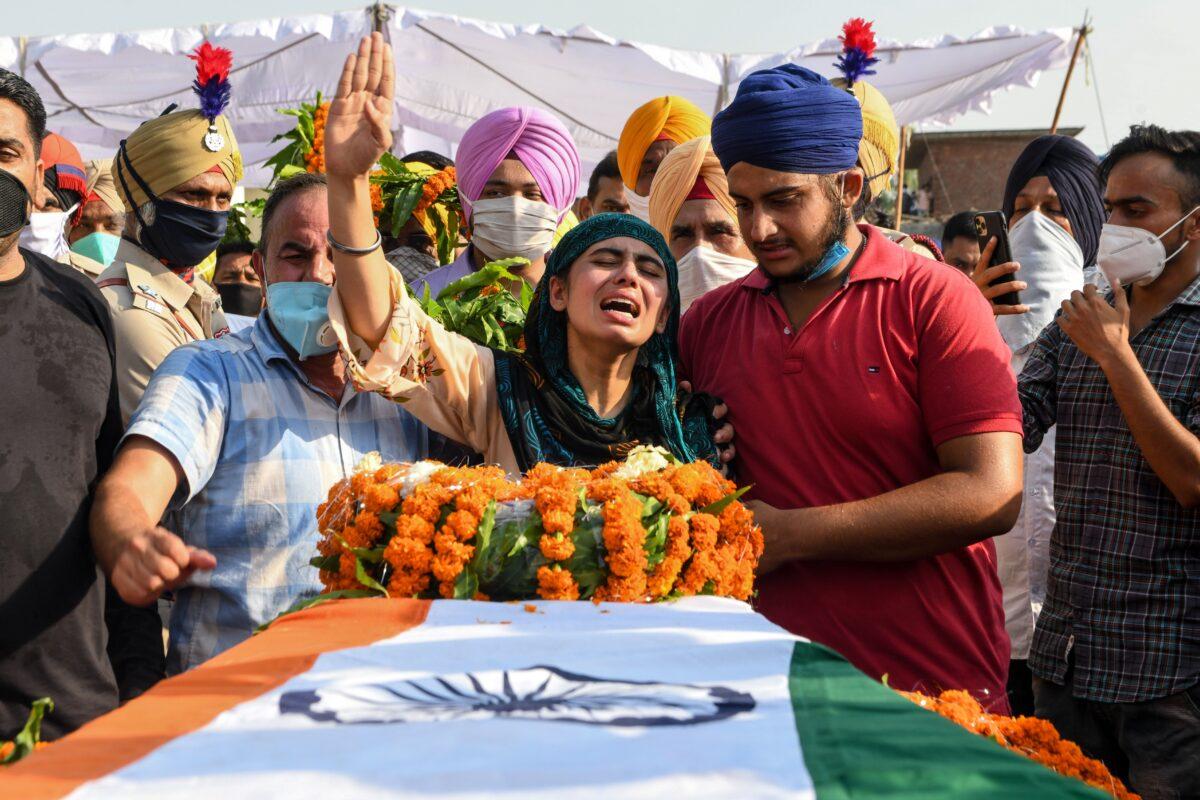
“We talked about the conflict they had along their border with China. We’ve talked about the risk that emanates to India from the Chinese telecommunications infrastructure there,” Pompeo said.
“I think the whole world is coalescing around the challenge that we face and the democracies, the free nations of the world, will push back on these challenges together,” he added. “I’m very confident of that.”
The situation on India’s western border will bring more institutionalized cooperation between the world’s two largest democracies, India and the United States, said Krzysztof Iwanek, the head of the Asia Research Centre, War Studies University (Poland), and contributor to The Diplomat magazine.
“While New Delhi is unlikely to become a U.S. formal ally, this deepening of ties will take a form of more frequent and possibly partially more institutionalized cooperation: more intelligence sharing, more equipment transfers, strengthening of QUAD, maybe even new defense agreements or American training for chosen members of Indian armed forces,” he told The Epoch Times in an email.
Pande emphasized that while Indo–U.S. ties will become closer and the partnership will deepen, it'll not lead to a military treaty between the two.
“Indian External Affairs Ministry said a no to the alliance,” she said. “Things don’t change so soon. Between countries like India and the U.S., it always takes time.”
Meanwhile, as the stalemate continues with both sides refusing to budge, Pande said the coming months are going to become tougher on the rough Himalayan terrain where even in June when the bloody conflict happened, the temperatures were sub-zero degree Celsius.
“We had military exercises in the mountains before. Whether both will do it right now, not sure but will all depend on if both DC and Delhi want to send a message to China and also if they want to ramp up or cool things down,” said Pande when asked if the world should expect joint military exercises between India and the United States in the coming months.
She noted that Chinese behavior can be unpredictable as the last and the only war between India and China started when China attacked India in October during the “snow and winter” of 1962.
“Normally both sides withdrew during winter and left small numbers [at the heights.] This time it will be large numbers all through snowy winter,” said Pande adding that China will try to send a message to the world that it is stronger than India, and India will counter it.
“The U.S. will support India,” said Pande.
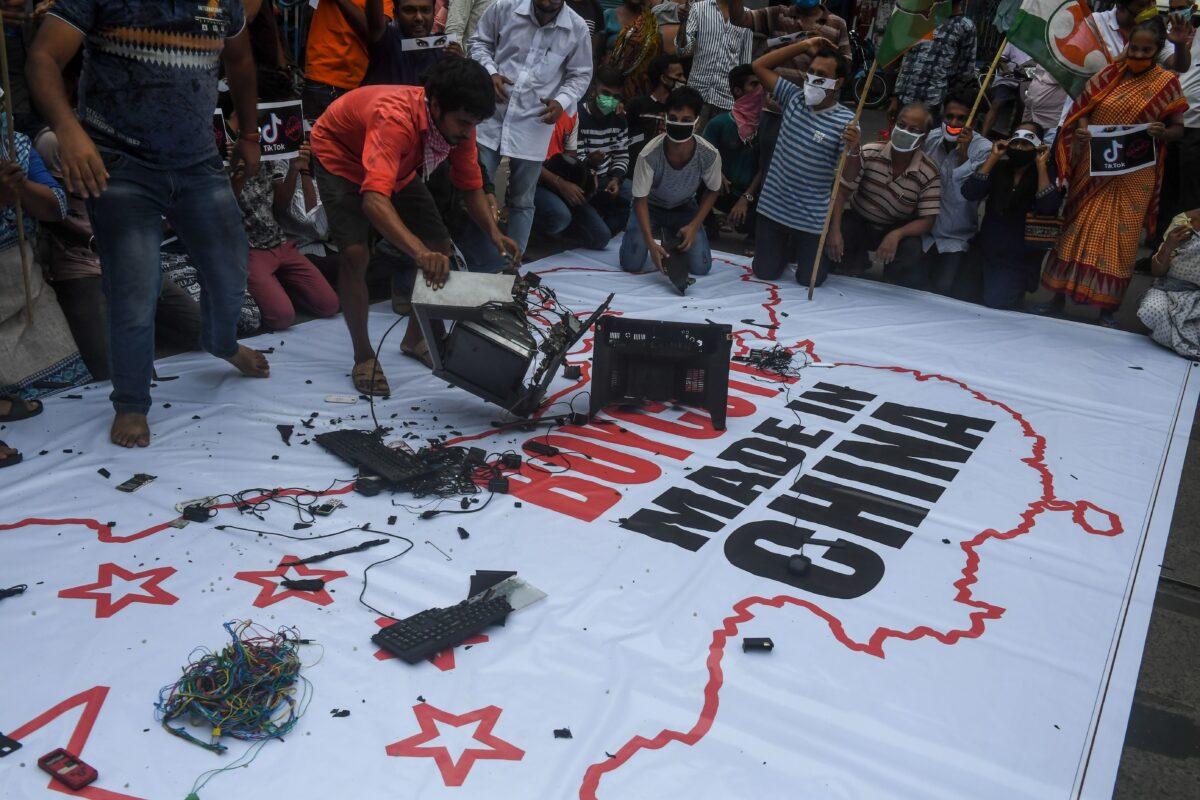
‘Collaboration of the Century’
Debsarkar said that the stalemate between India and China is a “defining moment” in unfolding power arrangements in which he believes India will play a crucial role globally into the distant future. He defined the trajectory of the Indo–U.S. relationships in this context as “robust, bipartisan, and multidimensional.”“India will fulfill the aspirations of the U.S., be it by supplying medicines to heal the planetary pandemic apart from the ties enshrined in trade and people. The relationship is every day evolving and is deeply rooted and can be certainly coined as the ‘Collaboration of the Century,’” he said.
Iwanek said the stalemate will accelerate various emerging geopolitical equations in the region.
“Growing U.S.-India cooperation, growing India-China rivalry (and the failure of their dialogue), growing China-Pakistan cooperation, and India’s deepening interest in modern Western defense technology: American, French and Israeli,” he said, adding that a major change would be India “apparently” abandoning its policy of keeping its political and economic relations with China separate.
Iwanek says Beijing has the capacity to simultaneously sustain tensions on India’s border as well as with its neighbors, and India remains at the “weaker side of the conflict.”
Debsarkar said in this scenario, the United States has an “abiding interest” in preventing a major catastrophe and helping to restore “tranquility for the world order of peace, prosperity, and democracy.”
“The bilateral bond between the U.S. and India is manifested in multiple layers with the Asia Reassurance Initiative Act [ARIA] as one focused in the Indo Pacific region. Joint collaboration and commitment to generate a policy framework is something that will bring lasting peace and prosperity for the entire region,” Debsarkar said.
The $2.5 billion ARIA, which was passed by Congress in December 2018, provides a broader statement for the U.S. Indo-Pacific strategy.
Debsarkar says the United States must stand up against “unprovoked naked aggression especially to defend the free world order.”
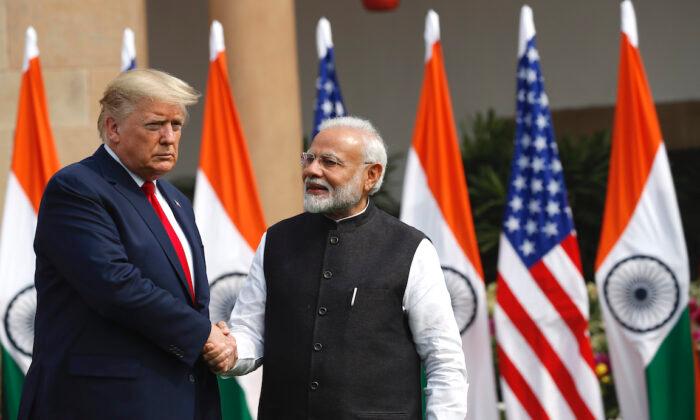

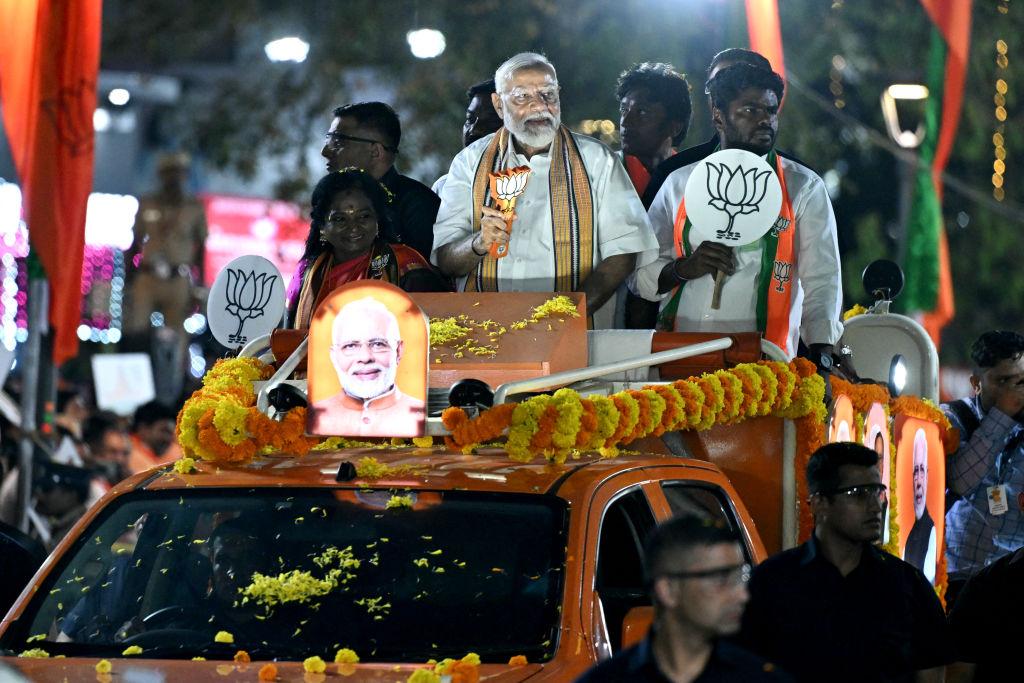
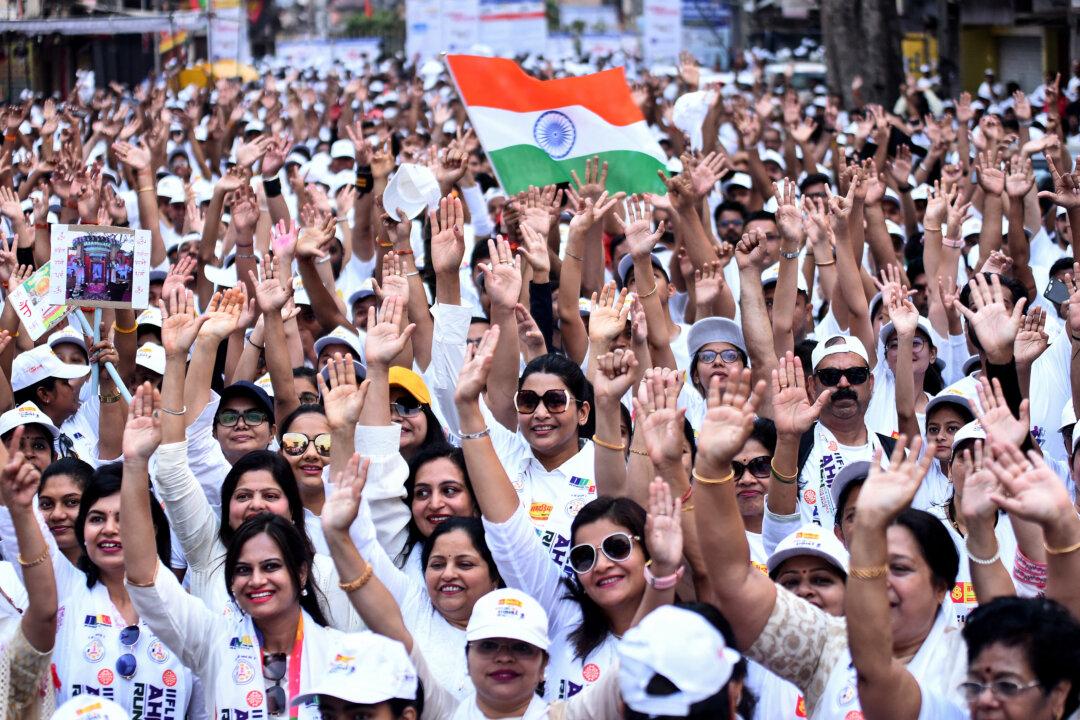
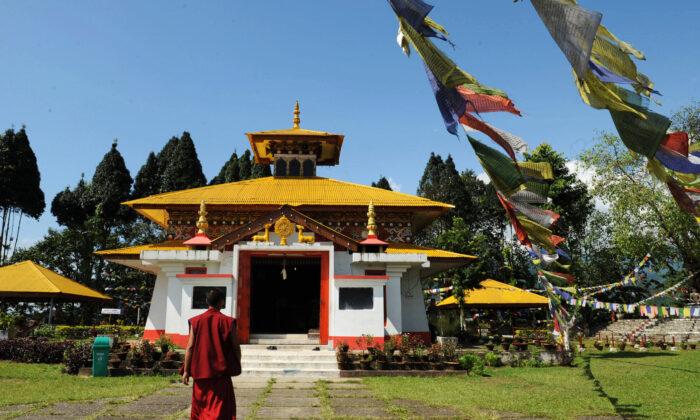
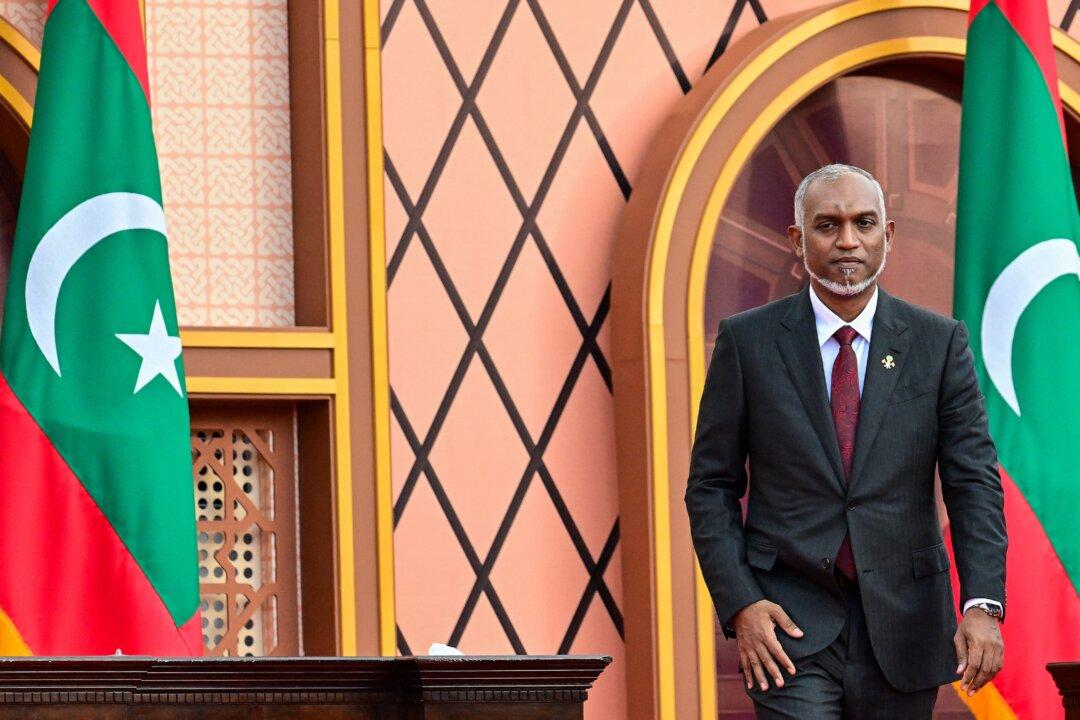
Friends Read Free